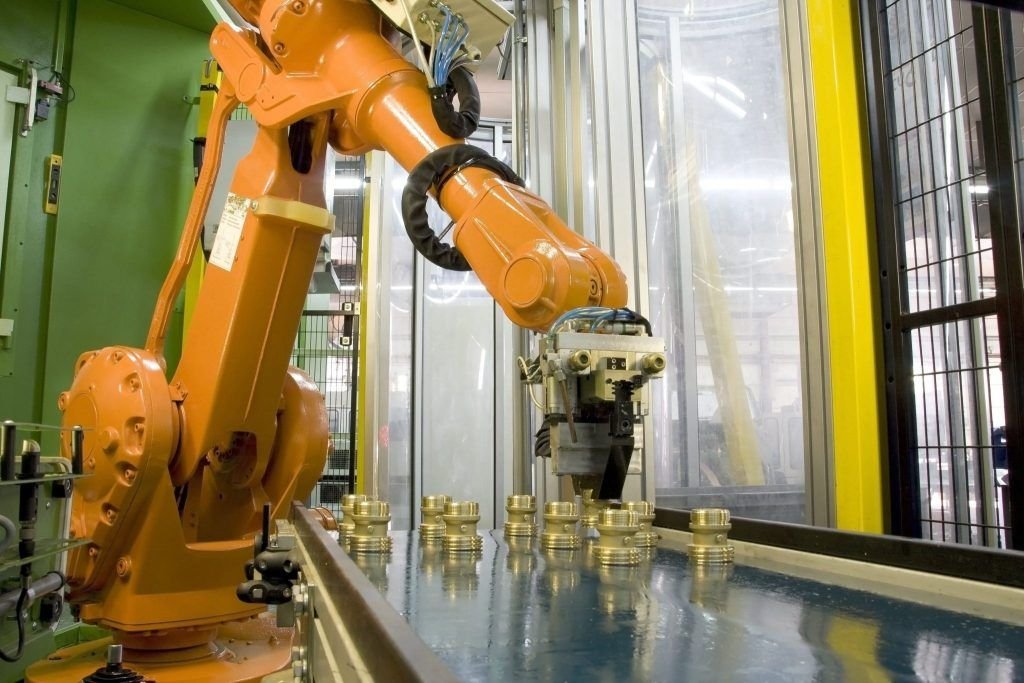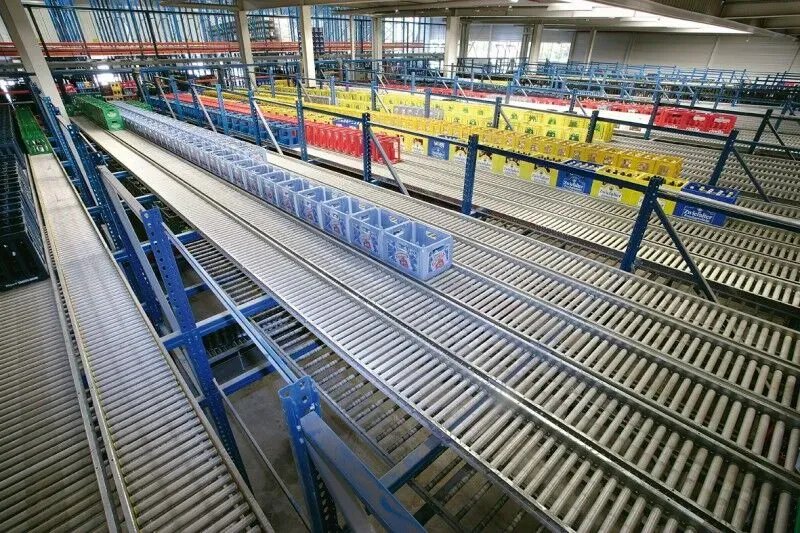Conveyor systems specifications to consider
When installing a conveyor into your business, either on its own or as part of a wider system, there are certain aspects you want to consider and factor in. Combining the answers to these questions will give you an idea of what sort of conveyor system you want for your business such as a spiral conveyor, inclined belt conveyor, slat and mesh conveyor, pallet handling conveyor, or plastic conveyor.
We’re going to have a look at these specifications below and if you want to discuss a bespoke designed conveyor for you and your business needs, the L-A-C team is always available and happy to discuss a solution for you.
Load capacity
This is an important part of how any conveyor works and will be a fundamental decision as to what conveyor system you get and what functions you have. When companies like L-A-C are manufacturing valued customers conveyor systems, they will make sure the conveyor is built to the required and custom length which will determine the loading capacity or the loading margins of the conveyor system.
As the required load for the conveyor system goes up, there will be changes to the width, length, and overall design of the conveyor system.
A conveyor system will also have a maximum load capacity and is associated with a load capacity per unit length where the value can be stated for fixed-length purpose-built conveyors. This is also known as flow rate.
Belt conveyor speeds are typically rated in foot per minute while a powered roller conveyor speed is usually measured in terms of how much product, package, or volume of an item will be moving over the powered roller conveyor system. The speed a conveyor system works at varies depending on what’s being moved and is a key part to how conveyor systems work due to controlling the speed which can affect other factors such as throughput of the conveyor system.
For example, you’ll likely need a different you’re moving a high volume of small-medium standardised sized items compared to lower amounts of heavy differential sized items.
Throughput
Throughput is what measures the amount of product that goes through the conveyor system. The throughput capacity of a conveyor system is sometimes referred to as Cases Per Minute (CPM) and is dependent on the slowest speed mainline conveyor and the length of the product that’s being transported. It’s measured by volume per unit time such as cubic feet per minute.
The throughput will also be measured by using the two above parts which will give a better determination of what the throughput of the conveyor system will be and can be subject to change due to individual operational complexities. For example the throughput of a conveyor system that runs on a straight line compared to a conveyor system that needs to be looping left and right and going up and down.
Drive location
Drives are what we discussed above under the subheading ‘driving unit’ and are a key part of how conveyor systems work. They need to be considered in terms of where it’s placed on the conveyor system. Usually, a head or end drive is found on the discharge side of the conveyor and is the most common type. You can also get centre drives which are mounted underneath the system alongside the conveyor system. As mentioned above, drives are used for reversing the direction of the conveyor.
Conveyor systems selection considerations
When selecting a conveyor system for a business, it’s important to know what type of conveyor(s) are being considered to install, which should be made more clear by understanding the above factors, and as part of this, what frames configuration is used whether it’s straight, curved, or z-framed.
Depending on how big the conveyor system is will change the considerations for the conveyor specifications mentioned above. Just using the image below as an example, the throughput, drive locations, speed of different conveyors, and the load capacity will be different to a project where there are only one or two conveyors moving the same item.


